Click on images to enlarge
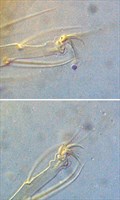
Fig. 1. Oligonychus biharensis adult female syntype (?) - detail of claw IV.

Fig. 2. Oligonychus biharensis adult female (non-types) - detail of claws I, III, IV.

Fig. 3. Oligonychus biharensis adult female (non-types) - detail of claws III and IV.
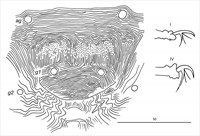
Fig. 4. Oligonychus biharensis adult female - detail of pregenital striae (from Cambodia, on type host, rose); detail of claws I and IV (from Singapore, on type host, rose).
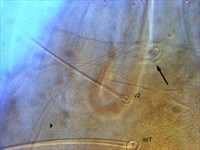
Fig. 5. Oligonychus biharensis adult female syntype (?) - detail of peritreme.
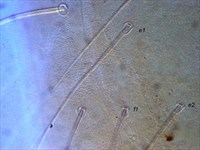
Fig. 6. Oligonychus biharensis adult female syntype (?) - detail of pattern of dorsal striae between setae e1 and f1.
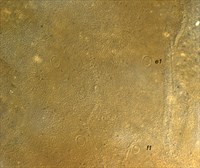
Fig. 7. Oligonychus biharensis adult female (non-types) - detail of pattern of dorsal striae between setae e1 and f1.
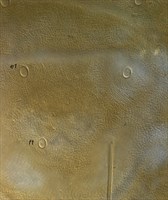
Fig. 8. Oligonychus biharensis adult female (non-types) - detail of pattern of dorsal striae between setae e1 and f1.
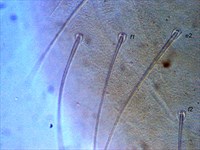
Fig. 9. Oligonychus biharensis adult female syntype (?) - detail of pattern of dorsal striae between setae f1 and f2.
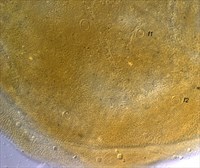
Fig. 10. Oligonychus biharensis adult female (non-types) - detail of pattern of dorsal striae between setae f1 and f2.
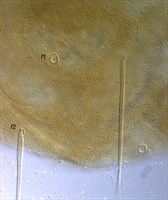
Fig. 11. Oligonychus biharensis adult female (non-types) - detail of pattern of dorsal striae between setae f1 and f2.
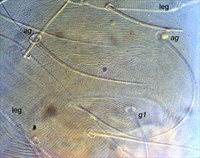
Fig. 12. Oligonychus biharensis adult female syntype (?) - detail of pattern of pregenital striae.

Fig. 13. Oligonychus biharensis adult female (non-types) - detail of pattern of pregenital striae.

Fig. 14. Oligonychus biharensis adult female (non-types) - detail of pattern of pregenital striae.
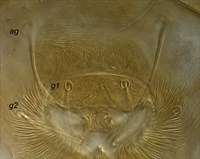
Fig. 15. Oligonychus biharensis adult female (non-types) - detail of pattern of pregenital striae.
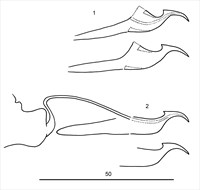
Fig. 16. Oligonychus biharensis adult male (non-types) - detail of aedeagus (at different focal points) - 1. from South India (on cassava), 2. from Singapore (on type host, rose).
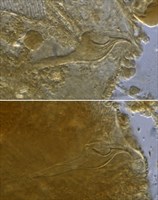
Fig. 17. Oligonychus biharensis adult males (non-types) - detail of aedeagus, from South India (on cassava).
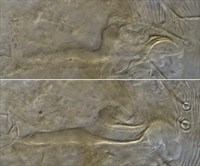
Fig. 18. Oligonychus biharensis adult male (non-types) - detail of aedeagus (at different focal points), from Singapore (on type host, rose).
Material examined
syntype? (see Notes); non-types
Taxonomy
Subfamily Tetranychinae
Tribe Tetranychini
Distribution
+Australia, American Samoa, Antigua, Bangladesh, Brazil, China, Fiji, French West Indies, Hainan Island, Hawaii, *India, Malaysia, Mauritius, Mexico, New Caledonia, Okinawa Island, Papua New Guinea, Philippines, South Africa, Taiwan, Thailand, Tonga, Wallis & Futuna, Western Samoa
Taxonomy Changes
Paratetranychus biharensis Hirst 1924
Oligonychus biharensis (Hirst) Pritchard & Baker 1955
Paratetranychus hawaiiensis McGregor 1950, synonymy Pritchard & Baker 1955
Diagnosis
Female
- dorsal setae f1 longer than f2
- pregential striae longitudinal with broad anterior band of broken striae (Figs 4, 12-15)
Male
- empodium I stout, strongly curved, with dorsal hairs; longer than proximoventral hairs
- empodium II with dorsal hairs; shorter than proximoventral hairs
- empodia II-IV as in female
- peritreme recurved distally = distal hook (as in female) (Fig. 5)
- spinneret of palp twice as long as wide
- number of proximal setae on tarsus I varies in the literature:
- tarsus I with sockets of three tactile setae and three solenidia proximal to the socket of the proximal duplex seta (Aust. material from Ficus)
- tarsus I with the sockets of four tactile setae and two solenidia proximal to the socket of the proximal duplex seta
- tarsus I with the sockets of four tactile setae and three solenidia proximal to the socket of the proximal duplex seta (B&P 1960; P&B 1955)
- tarsus II with the sockets of two-three tactile setae and one solenidion proximal to the socket of the duplex seta (P&B 1955)
- tibiae I-II 11(3+0), 7
- tibiae I-II 11(4+0), 5 (B&P 1960; P&B 1955)
- aedeagus dorsally directed, axis of knob parallel to that of shaft; posterior projection long, slender, tapering to point, dorsal margin flat becoming slightly downcurved distally [n.b. strongly downcurved in Jeppson et al. 1975 and P&B 1955 - illustrations of aedeagus very different to that of other authors]; anterior projection short stout triangular bump; dorsal margin of knob flat to convex due to downward curve posteriorly (Figs 16-18)
Hosts
Types from rose leaves, Pusa (India), 6.ii.1918, T.B. Fletcher (Hirst 1924)
> 40 including: Acacia confusa, A. spirorbis (Mimosaceae), Artocarpus altilis, A. heterophyllus (Moraceae), Bauhinia purpurea , Cassia fistula, C. fruticosa (Caesalpinaceae), Citrus sp. (Rutaceae), Diospyros maritima (Ebenaceae), Eugenia javanica (Myrtaceae), Ficus retusa (Moraceae), Grewia paniculata (Tiliaceae), Hibiscus tiliaceus (Malvaceae), Litchi chinensis (Sapindaceae), Malus domestica (Rosaceae), Mangifera indica (Anacardiaceae), Manihot esculenta (Euphorbiaceae), Musa sp. (Musaceae), Persea americana (Lauraceae), Pyrus communis, P. pyrifolia (Rosaceae), Psidium guajava (Myrtaceae), *Rosa sp., Rosa centifolia (Rosaceae), Sapindus mukorossi (Sapindaceae), Tamarindus indica (Fabaceae), Vitis vinifera (Vitaceae)
Similar Taxa
Biology
In India this mite infests litchi, loquat and sometimes mango, but never becomes a serious pest. Like other Oligonychus that feed dorsally on the leaves of their hosts, their shed skins and empty eggs build up as the population grows. These skins and egg shells remain after the colony has died off, and appear to the naked eye as white spots or dust along main vein.
On loquat leaves, feeding by this mite leaves a characteristic bronzing (Jeppson et al. 1975).
References
+Davis, J.J. (1968f) Survey of Tetranychidae. Item 12 Qld. Dept. Agric.
*Hirst, S. (1924) Descriptions of new Acari, mainly parasitic on rodents. Proceedings of the Zoological Society of London: 49-69
McGregor, E.A. (1950) Mites of the family Tetranychidae. American Midland Naturalist 44: 257-420
Pritchard, A.E. and Baker, E.W. (1955) A revision of the spider mite family Tetranychidae. Pacific Coast Entomology Society Memoirs 2: 1-472
Schicha, E. and Gutierrez, J. (1985) Phytoseiidae of Papua New Guinea, with three new species, and new records of Tetranychidae (Acari). International Journal of Acarology 11: 173-181
Notes
A female specimen from NHM was examined that could represent a syntype. The specimen was collected from rose leaves in Pusa, India, but has no collection date or collector.
Other material examined included material collected from rose leaves (type host) in Singapore and Cambodia, and material from India (type country) collected from cassava.
Copyright © 2018. All rights reserved.